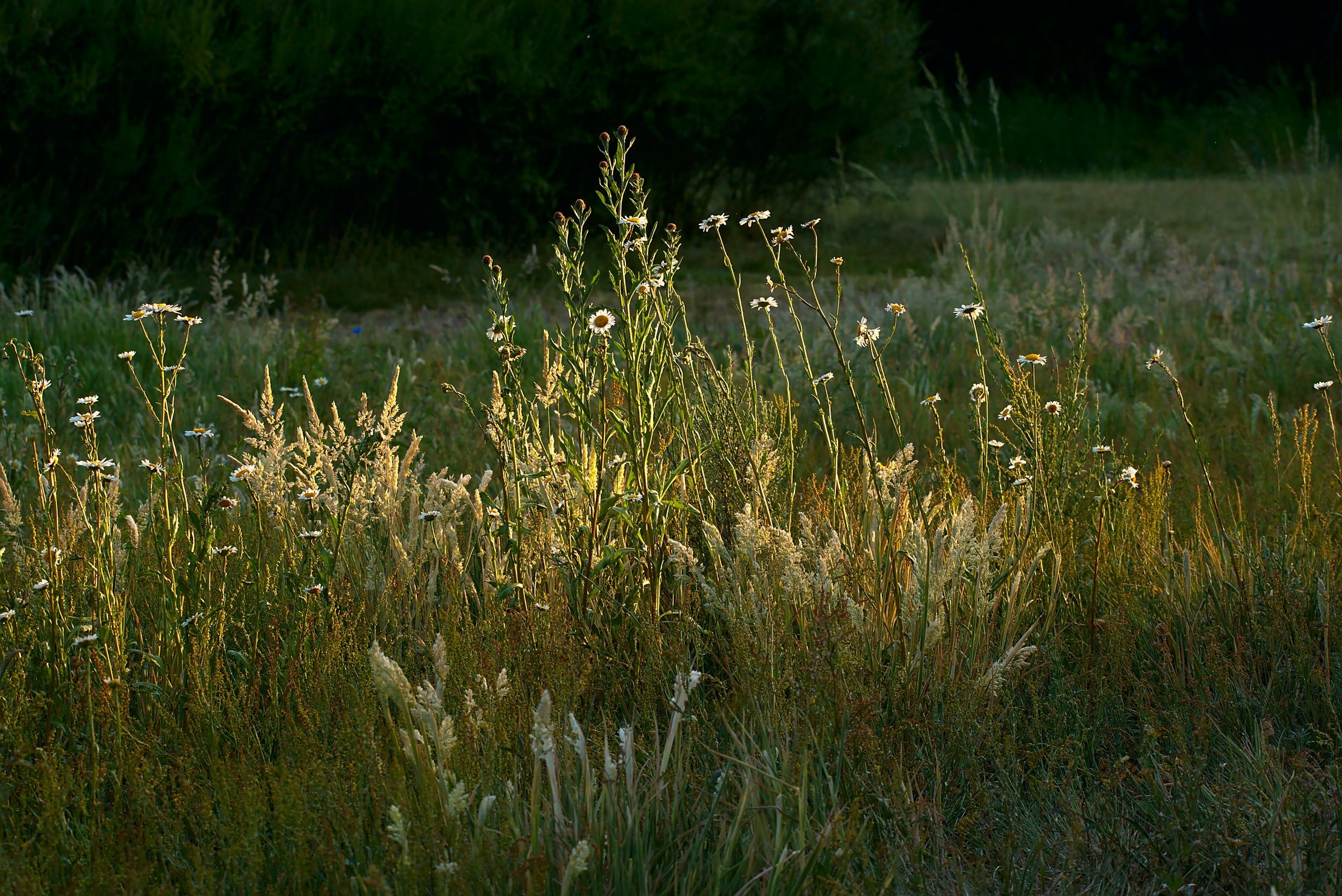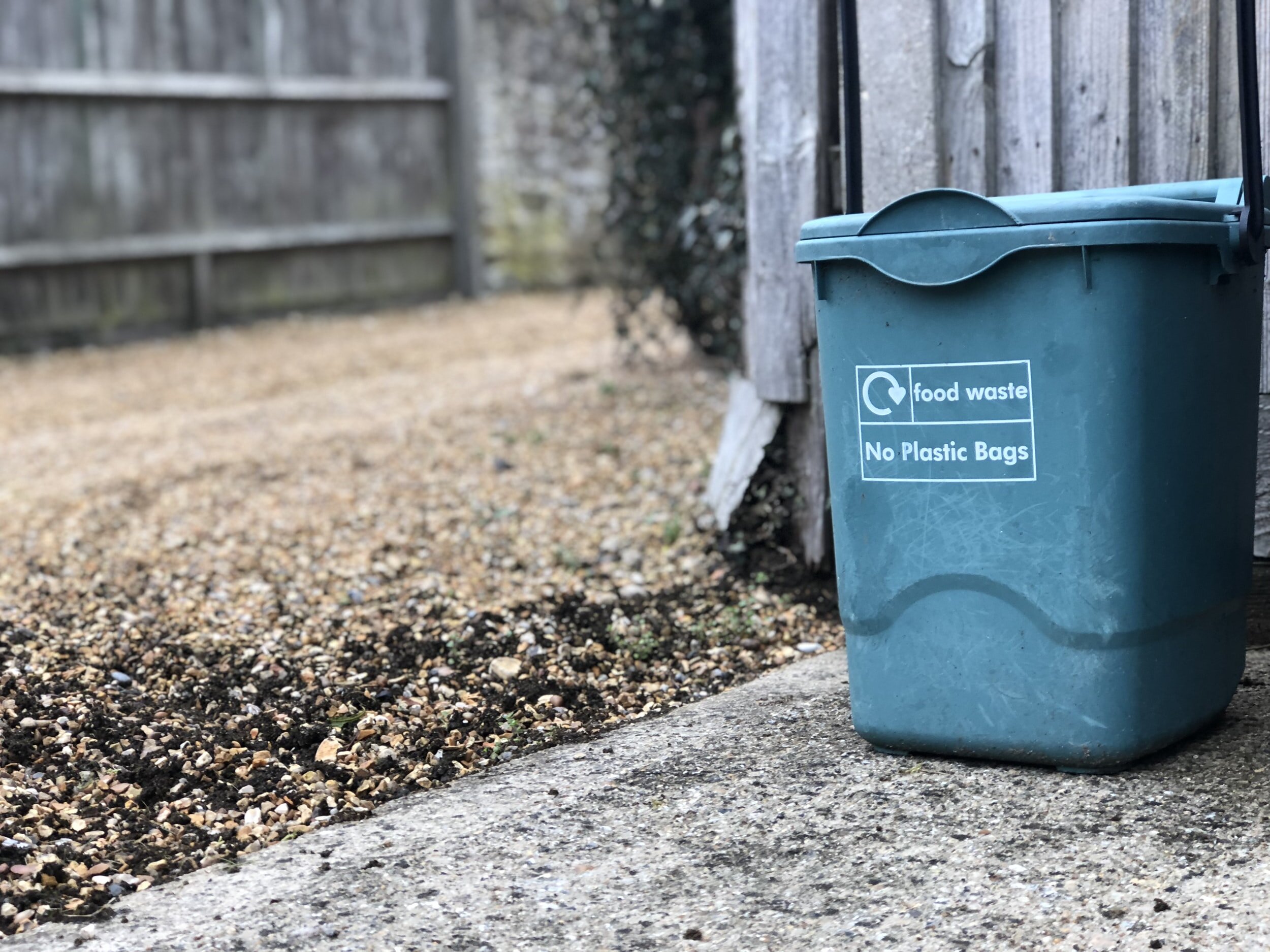20 Quick Tips for Designing with Wildlife in Mind
I often think about what it would be like to travel back in time and experience a world before human development. I envision abundant and diverse wildlife dominating the land, air, and sea, dense and towering old growth forests, and untamed wilderness without bounds.
Back to the present. The impacts of human development are evident almost everywhere. We changed the world to better serve us in one way or another. The present condition generally allows us to live longer and spend our time pursuing dreams and interests rather than focusing on survival. But has wildlife benefited from these changes, too?
I suspect we’ve made survival more difficult for most wildlife. Nowadays, we create very few things that make it easier for wildlife to thrive. A few examples: development reduces habitat, roads hinder land migration, glass confuses birds, plastic confuses fish, and air, water, and soil pollution affect the health of many living things (including us).
You could say that I have a soft spot for the creatures with whom we share the planet. And I believe that we should strive to create a better world for all creatures – especially wildlife. So where do we begin?
Reversing course altogether is bigger than any one person. And thankfully there are many organizations and institutions working hard to produce positive change. But as individuals, there are steps that you can take to lessen the negative impacts of development while helping wildlife in your neck of the woods. As an Architect, I can offer a few strategies related to your home, office, and property planning efforts. And as an Average Joe, I can offer a few strategies related to your daily routine. Here are a few strategies to get you started:
Architectural Strategies
Build and Buy Smaller
Create or purchase smaller buildings and homes that efficiently meet your needs without being excessive. This is, perhaps, one of the greatest things you can do to reduce your impact on the planet and wildlife. Smaller buildings mean less habitat loss and less depletion of natural resources needed for construction, operation, and maintenance. And building smaller might allow you to spend more on creating amazing spaces.
Utilize Bird Safe Glass
Utilize bird safe glass such as those with ceramic frits or ultra-violet coatings. Birds have great difficulty distinguishing glass surfaces from the sky. Some studies suggest that more than one million birds collide with windows daily in the United States alone [i]. Thankfully, there is growing interest and research into preventing bird strikes and technologies that can help.
Avoid Light Pollution
Avoid creating nighttime light pollution and utilize exterior lights that are certified for reducing light pollution. This will avoid confusing migrating birds – which are drawn to night lighting - while also allowing your local astronomy enthusiasts a better view of the stars.
Install Native Vegetation
Install low maintenance native landscape vegetation and create habitat for local wildlife in the process. Trees, shrubs, grasses, flowers, and ground covers can all be used to create a beautiful and low maintenance landscape that also serves local wildlife. And choose vegetation that attracts the wildlife that interest you most, such as hummingbirds. Always look for opportunities to increase the amount of vegetation used on your property.
Install Vegetated Roofs
Installing a vegetated roof offers birds, butterflies, bees’ and similar airborne creatures’ sources of nourishment while reducing urban heat island effects and reducing storm water runoff.
On Site Rain Water Management
Handle rain water on site and not through your municipal storm sewer system. This helps protect rivers and streams from pollution and flooding, thus assisting the wildlife that rely on them. It also helps maintain the levels of natural underground aquifers and well systems. Strategies can include harvesting and using rain water for non-potable building uses (toilets and hose bibs for example), using rain barrels to store water for outdoor irrigation, and pervious paving materials.
Design with the Surrounding Landscape
Design your building to be part of the native ecological system and not as a foreign object. For example, don’t build a lush green golf course or an indoor ski facility in the desert (sadly, these are real examples). Designing a building that is part of the ecological system will benefit wildlife that rely on those systems and will reduce the natural resources needed to maintain the building.
Avoid Plastics
Avoid using plastics when there are good renewable or recyclable alternatives. Also, avoid using disposable short-term or single use plastics. Ongoing research points to many concerns related to the use of plastics. But as it relates to wildlife, many creatures – marine life and sea birds in particular – cannot easily distinguish between plastics and food. Much of the plastic causing problems comes from household sources, including food containers, drink containers, and shopping bags. Seek plastic alternatives in your day to day activities. As it relates to buildings, instead of installing a flat plastic siding panels, consider a sustainably sourced cedar. Or instead of installing plastic cladding panels consider copper panels.
Avoid River, Stream, and Wetland Structures
Since many land traveling or migrating creatures can no longer safely traverse our developed landscapes, riparian corridors along rivers and streams are the last good option. Wetlands are also important replenishing stops for migrating wildlife. If your building is near a body of water, strive to stay as far away as possible (for many reasons) and preserve or restore the native landscapes along them to the greatest extent possible. Even better, try to avoid building near bodies of water altogether.
Renovate Instead of Building New
Instead of creating a new building, renovate an existing building or build on a previously developed lot. This avoids further habitat loss, it may keep more existing construction materials out of the landfill, and it reduces the amount of new material needed for construction. As a bonus, renovating an existing building also allows you to take advantage of more durable materials and richer details which were common in the early 20th century but almost impossible to afford in the contemporary construction environment.
There are several organizations that can provide additional resources for creating earth and wildlife friendly building and landscape environments, including the Sustainable Site Initiative (SITES Rating System), the Living Building Challenge, or the United States Green Building Council (LEED Rating System).
[i] https://www.audubon.org/news/hundreds-millions-birds-killed-annually-building-collisions-0
Other Strategies
Support Conservation and Advocacy Organizations
Join or support a local wildlife conservation or advocacy organization. There are many excellent organizations to choose from even here in Columbus Ohio. And by getting involved locally, you can directly contribute to conservation efforts.
Let the Spiders Stay
I know it’s hard but let the outdoor spider webs around the house stay in place. This will help avoid pesky insects (with the bonus of creating natural Halloween decorations). Similarly, bats are your allies when it comes to eliminating certain nighttime pests.
No Pesticides, No Poisons
Do not use pesticides or poisons. There are ways of preventing insects and wildlife from entering your home, such as sealing openings or installing insect shields. For protecting vegetables or other home-grown foods, explore using physical barriers. These strategies require a bit more effort. But if you’re serious about supporting wildlife, they are worth it.
Plan for Pests
For established wildlife pests, utilize an advisory service that can recommend deterrence strategies or provide non-lethal non-displacement removal services.
Composting
Explore home composting to avoid adding to the waste stream while reusing valuable nutrients around your property.
Keep a Lid on your Trash
Preventing wildlife from rummaging through the trash is good for maintaining a clean property, avoids creating a pest problem, avoids poor animal nutrition, and avoids dangerous products from entering wildlife food streams.
Inspect for Wildlife
Inspect your property for wildlife before planning projects (maintenance or otherwise). Plan appropriately if wildlife is found or consult with a wildlife professional for advice and strategies.
No Feeding the Wildlife
Don’t feed local wildlife (don’t give birds bread, for example). The nutritional requirements of wildlife differ greatly from our own requirements, and often our foods are processed to the point where they offer little nutritional value. Some suggest that bird feeders with appropriate feed, location, routine maintenance, and cleaning can be beneficial. But native landscape vegetation food sources and habitat will always be the best method of providing good food sources for wildlife.
Be a Thoughtful Consumer
Avoid purchasing consumer products made from animal byproducts such as ivory or furs. And become familiar with where your food comes from and the resources associated with its production as well.
Ask for Help
Seek guidance from a qualified landscape architect, arborist, architect, or other design professional on tips for making your home, office, or outdoor environments better serve wildlife.























